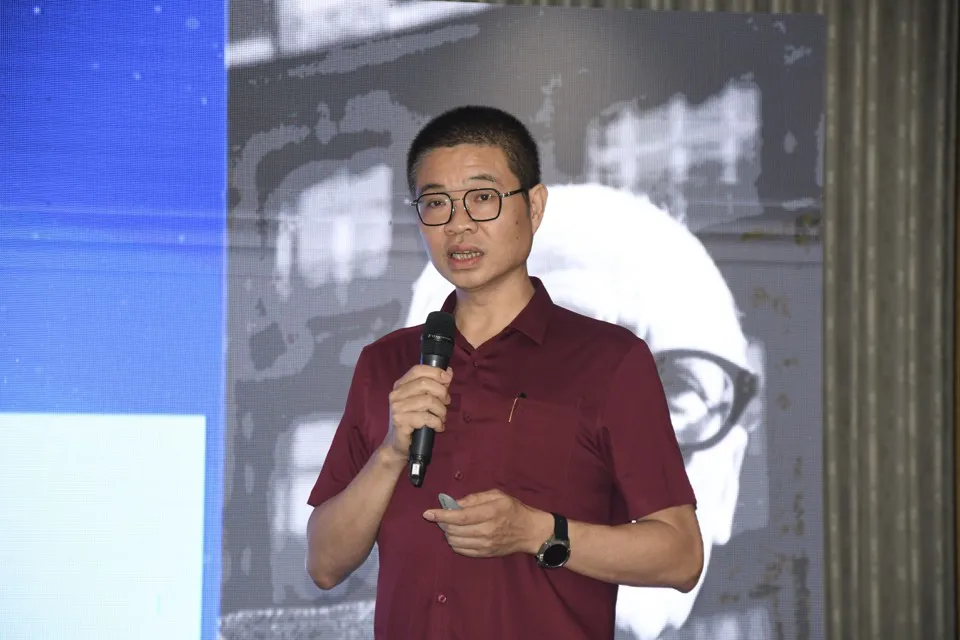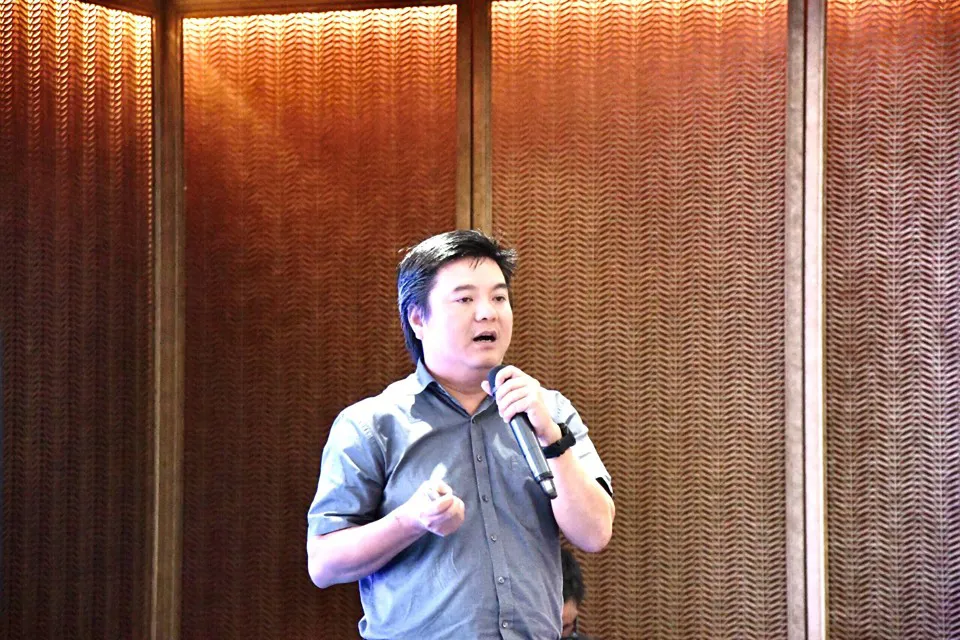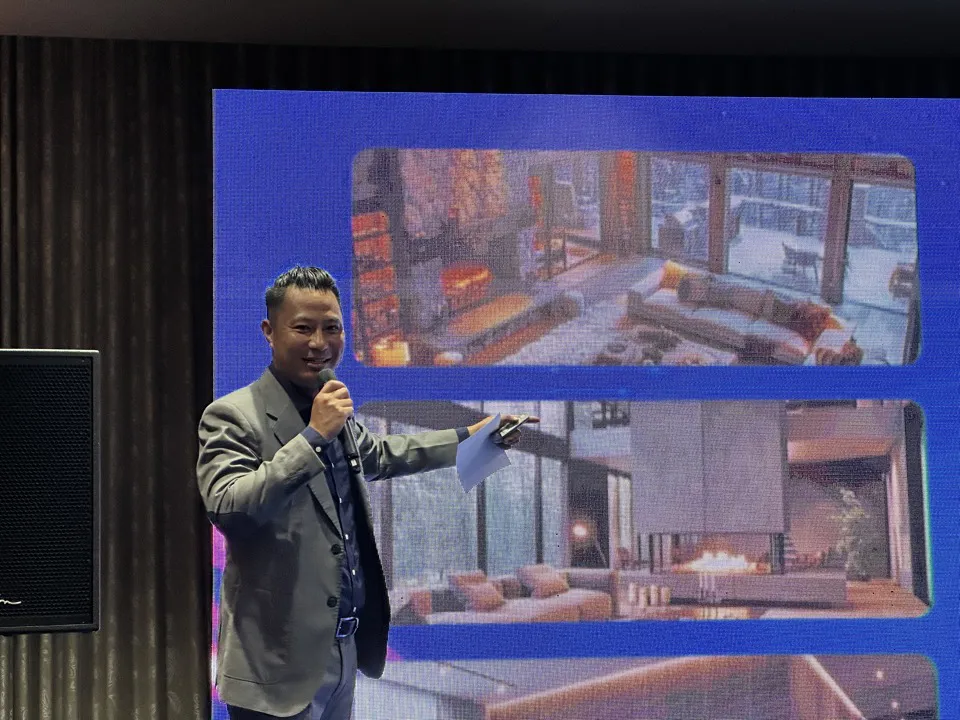Urban housing solutions to improve living conditions in Hanoi
The complexity of urban housing issues in Hanoi is increasing, requiring new ideas and approaches to construction.
Experts in Hanoi have proposed architectural and interior design solutions to enhance the living environment of urban housing in the context of accelerating urbanization.
The solutions were presented at the seminar "Architectural - Interior Solutions to Improve the Quality of Living Environment of Urban Housing 2025" in Hanoi on June 26 hosted by Kinh te & Do thi or Economic & Urban Newspaper/The Hanoi Times, Hanoi University of Architecture, and the Vietnam Young Interior Design Community.
The seminar was attended by leading experts in the fields of architecture and interior design, as well as representatives of renowned investment and construction companies. The event is expected to reach out to policymakers and consumers, bringing more voices to bear on hot urban issues and building an increasingly friendly, safe, and sustainable city.
Speaking at the event, Associate Professor Dr. Vu Hong Cuong, Vice Chairman of the Vietnam Furniture Association, Dean of the Interior Department at Hanoi University of Architecture, said that architecture and interior design are not only factors that shape living spaces but also have a profound influence on the quality of human life.
Associate Professor Dr. Vu Hong Cuong gives a presentation at the seminar. Photos: Hong Minh/The Hanoi Times |
"By providing suitable living environments and meeting basic human needs, they play an important role in raising living standards and creating a civilized and harmonious community," Cuong said.
In Vietnam, living space in urban areas is getting smaller and smaller, while the demand for aesthetics, functionality, and life-sustaining appliances is constantly increasing. "By being creative and applying modern solutions, we can build living spaces that meet the needs of residents and actively contribute to the sustainable development of megacities," Cuong stressed.
According to Dr. Architect Nguyen Viet Huy, Chairman of the Architects Association at Hanoi University of Civil Engineering, due to the rapid urbanization of Asia, small spaces and mini-apartments are becoming increasingly common in developed countries and territories such as Singapore and Hong Kong.
Dr. Architect Nguyen Viet Huy presents his paper at the seminar. |
"These trends are gradually spreading to Vietnam, where spacious apartments are becoming a luxury that not everyone can afford. Therefore, we need to use our limited living space in a smart and effective way," Huy stressed.
He offered solutions for the interior design of urban tube houses in large cities such as Hanoi. "Because of their impact on climate change and fire safety, it is necessary to maximize green space in urban tube houses in connection with the outside," said the architect.
As for the villa, Dr. Huy emphasized the importance of open and connected spaces that allow for cross-ventilation.
During the discussion, engineer Trinh Thanh Ha, CEO of iHãus, presented the Mechanical Electrical Plumbing (MEP) system and smart homes according to KNX standards.
Engineer Trinh Thanh Ha speaks at the event. |
Ha said that the term MEP refers to the calculation, design, supply, and installation of mechanical-related items, electricity, and water/irrigation systems in the home.
In civil, commercial, and industrial projects, these elements are often designed by firms with MEP expertise and techniques. MEP design is so important for planning, decision-making, accurate documentation, performance and cost estimating, construction, and operation/maintenance.
Modern MEP systems provide stable and secure power, emergency backup, lightning protection, and air conditioning, and monitor microclimate conditions that provide fresh air, and remove dust and harmful viruses.
Moreover, the system provides clean water and drainage; smart electricity (lighting control, air conditioning, ventilation, curtains, security, and safety; alarms for burglary, thermal door break, smoke, and sudden increase of CO2.
Discussing at the seminar, Nguyen Thanh Loi, Editor-in-Chief of Economic & Urban Newspaper/The Hanoi Times, stressed that in the flow of modern life, there is a need for a qualified living space. "Not just a place to live or shelter, the house is becoming a place of emotional well-being and cultural values," he said.
Associate Professor Dr. Nguyen Thanh Loi, Editor-in-Chief of Economic & Urban Newspaper, speaks at the seminar. Photo: Thanh Luan/The Hanoi Times |
"The complexity of urban housing issues in Hanoi is increasing, requiring new ideas and approaches to construction. Those who have achieved prosperity often aspire to a higher quality of life. In addition, creating smart homes and smart cities are strategies to achieve a high standard of living," Loi said.
To address these challenges effectively, extensive cooperation between experts and stakeholders is needed. The recommendations put forward in today's discussion are expected to add more voices to the process of innovation in the design of living spaces in cities, thereby creating sustainable living environments that are in harmony with nature.
The Editor-in-Chief noted that architects and construction industry professionals are encouraged to find innovative solutions to minimize the impact of construction projects on the environment and natural resources, including the use of renewable energy sources, green space design, and advanced construction technology.
Loi also highlighted four groups of solutions to improve the quality of urban housing. The first is to continuously update and apply new trends in urban housing design, from green technologies to waste and wastewater treatment solutions.
The second is to build a knowledge community in order to develop a network of experts, researchers, and architects to share knowledge and experience in designing and improving the quality of urban housing.
The third focuses on creating safe, comfortable, and environmentally friendly living spaces for residents, thereby improving health and strengthening community relationships.
The fourth is to promote collaboration between stakeholders such as designers, construction companies, and residential communities for the sustainable development of housing projects in urban areas.















